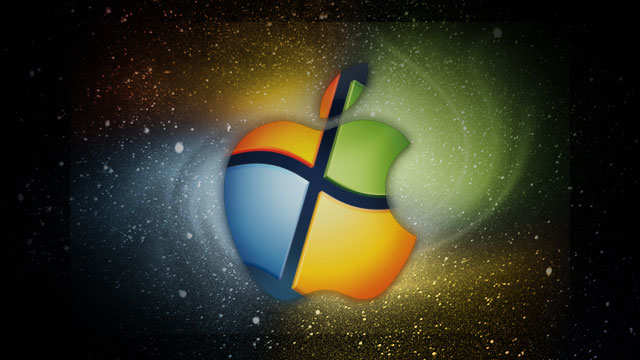 With the eternal debate between
With the eternal debate between The mobile market, with as many as 750 million smartphones expected to be sold by 2015 as predicted by the Ericsson Mobility Report, offers amazing market opportunities, with each player in this exceedingly competitive market trying their best to push their platforms forward. In such conducive market conditions, the disruptor to watch out for is the Windows Phone OS. The platform seems poised to join the big league with
Microsoft Windows Strategy That Will Intensify the Platform Wars –
Windows Phone 8 established Microsoft’s credentials as a fresh and reliable alternative to the reigning giants by delivering the best of many worlds, with handsets that are attractive to consumers, and by bolting in security from the server side. Two years after it’s release, Microsoft rolls out its update, Windows Phone 8.1. It has adopted a well-rounded approach to user computing by creating a compelling business and consumer use case.
Not just another update
With its integrated feel, features and improvements, across not just mobile devices but other screens as well, the moniker upgrade from Windows Phone 8 to 8.1 feels like an understatement when one understands the scope of the changes made to the operating system. It signals the maturation of the Windows Phone OS and provides a complete user experience.
The update promises to be the boost that Microsoft needs with end consumers. It sorts out grievances and brings in changes with a great keyboard, a brand new personal assistant, notification centre and solid hardware support. Microsoft completes its delicate balancing act by adding its proprietary software such as their Office Suite, Outlook Express and Internet Explorer etc., on top of the smartphone platform, providing a unified, powerful and unique feel to its devices.
Built for Business
With Microsoft’s domination amongst businesses, Windows Phone seamlessly integrates enterprise tools such as Microsoft Outlook/Exchange as well as collaborative tools such as Lync, Sharepoint etc. As BlackBerry’s popularity fades, there has been a widening lacuna for the position of the de facto business phone, which Windows Phones can take.
On the Developer Front
On the apps front, the company is making deeper inroads to penetrate and broad base the Windows developer ecosystem. With more than 300,000 apps available now, they may not win the numbers game as compared to iOS or Android. However, Windows phone users need fewer apps to extend the functionality of the platform as almost everything is pre-loaded and baked in as a feature.
Major developers are including WP OS in their initial roll out plan, and the platform is witnessing a far greater show of strength by the number of downloads; given that 78% of their $4 are free.
Cortana
Then there is Cortana. Microsoft competes with iOS' Siri and Android's
One Microsoft vision
Microsoft has been steadily moving towards a unified ecosystem. Satya Nadella has confirmed that the company is going to merge its various versions into one single converged operating system, for screens of all sizes. Nadella also promised that Microsoft will unify their stores, commerce and developer platforms. This move comes in after the company announced “Universal Windows Apps” at its Developer’s Conference in April, a key announcement for app developers. This would mean that developers would only need to write their app once for it to be compatible with all the major versions of Windows, Windows Phone, Xbox. It is aiming to boost its market share by making Windows free of charge for phones and tablets with screens smaller than 9 inches. This support is being reciprocated by app developers with the Windows Phone OS showing the fastest rate of adoption among mobile developers.
The Road Ahead
Only time will tell if the
The above article is contributed by David Yin, General Manager, Global Developer Alliances, Vserv.
